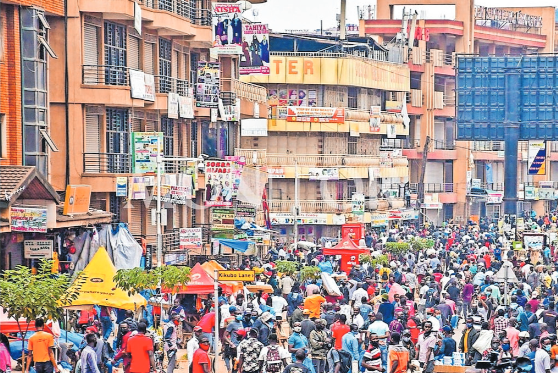Prime
Turn Bugoma forest in to national park

What you need to know:
- Many of us are aware that Bugoma forest is a habitat for more than 500 chimpanzees
On September 27, Uganda joined the rest of the world to mark World Tourism Day under the theme ‘Tourism for Inclusive Growth.’
In a statement, the minister of Tourism, Mr Tom Butime, underscored the potential of the tourism sector in improving community livelihoods.
He noted that prior to the travel restrictions that were imposed because of the raging Covid-19 pandemic, Uganda received 1.5 million visitors. Tourism earned the country $1.6 billion.
These visitors were cut to one third in 2020 and the 2021 prospects look bleak.
Despite this dreary outlook, there is hope that tourism will play a big role in the post-Covid-19 economic recovery.
Currently, the tourism and travel industry employs 667,600 people, nearly 6.7 per cent of Uganda’s labour force.
Further, according to the 2017/2018 to 2030/2031 Uganda Green Growth Development Strategy (UGGDS), if further invested in, tourism and other green economic sectors such as agriculture, forestry and clean energy can create nearly 4 million jobs. They can also increase Uganda’s GDP by 10 per cent.
Unfortunately, despite the aforementioned minister’s beautifully written statement which showed that government is placing emphasis on developing the tourism sector, government investment in the sector is still lacking.
Moreover, resources such as Bugoma forest that can scale up Uganda’s tourism are being destroyed for sugarcane growing and illegal logging.
Many of us are aware that Bugoma forest is a habitat for more than 500 chimpanzees. The forest is also home to the Ugandan mangabey, a kind of monkey identified to only be in Bugoma Forest. It’s also a Birding Hotspot with over 200 recorded bird species.
Chimpanzee tracking is a profitable venture, and Uganda has a competitive advantage in this area in East Africa. Ordinarily, chimpanzee tracking permits cost Shs150,000 for Ugandans, $150 for foreigner residents and $200 for foreign non-residents. This is a good amount of money while preserving the forest for crucial ecosystem benefits.
Because of the high demand for chimpanzee tracking permits, the available permits from Uganda Wildlife Authority (UWA) are often scooped up before all the tourists who would want to track chimpanzees get them. Tourists predominantly visit Kibale National Park for the Chimpanzee Tracking.
If Bugoma forest was turned into a touristic hotspot instead of being cut down for sugarcane, more chimpanzee tracking permits would be available for tourists to earn the country up to $200 per tourist.
No bag of sugar grown in Bugoma forest can earn the country that much. Moreover, Bugoma forest plays roles of climate stabilisation, soil fertilisation, water provisioning and other roles that no sugarcane plantation can replace. The forest can also be a source of pure organic honey and herbs from which communities can make a living.
In the spirit of this year’s World Tourism Day theme, therefore, the destruction of Bugoma forest should be stopped. The forest should also be turned into a national park to promote tourism.
The author, Ben Ntale is a board member of the Association for Conservation of Bugoma forest




